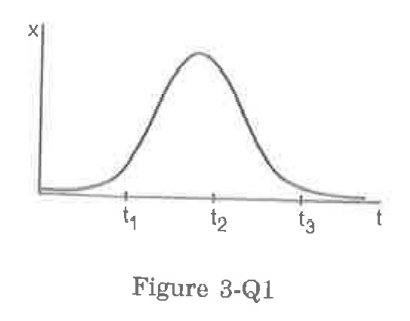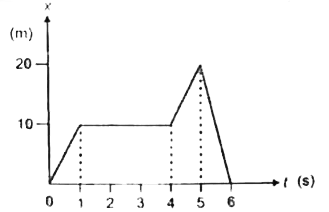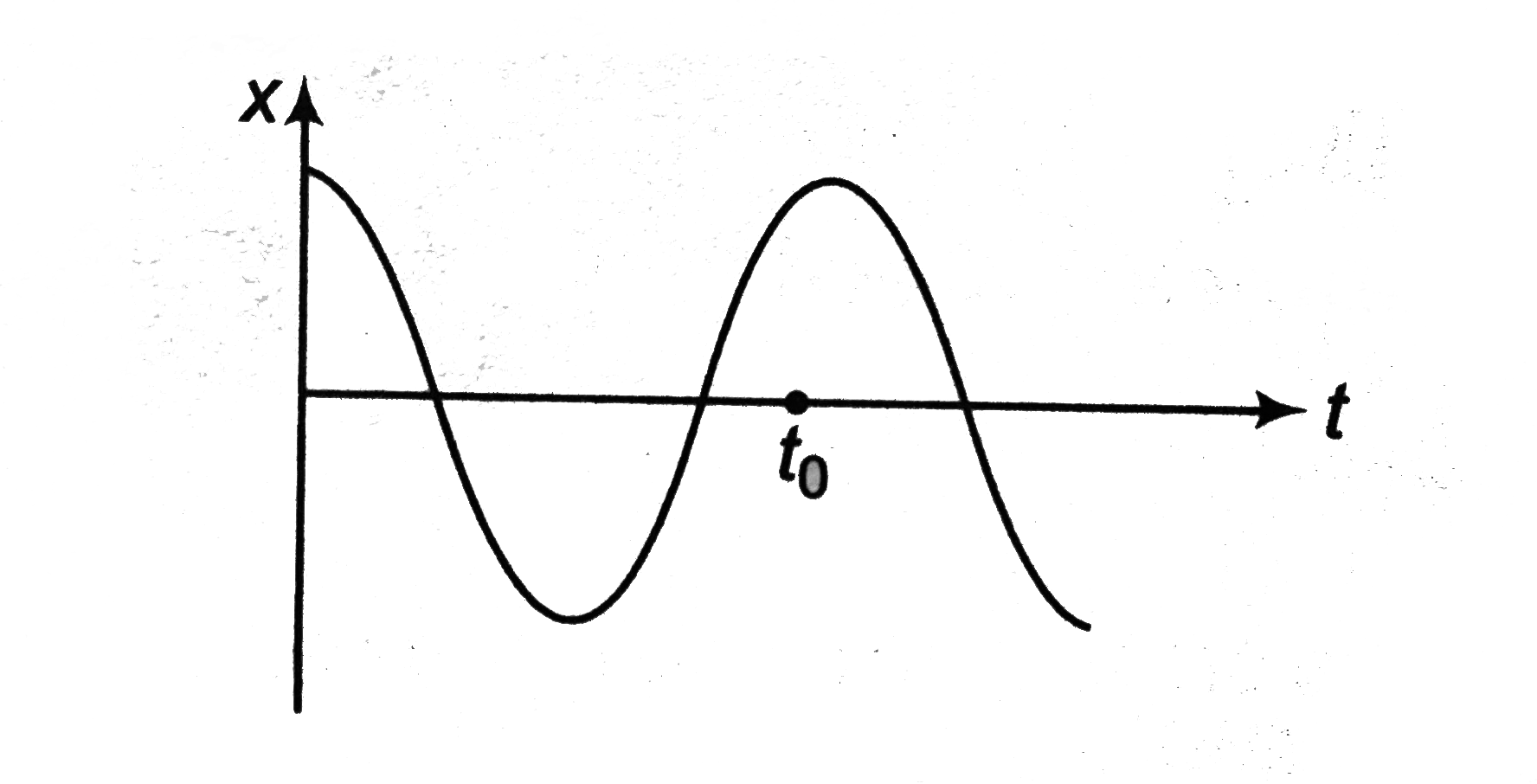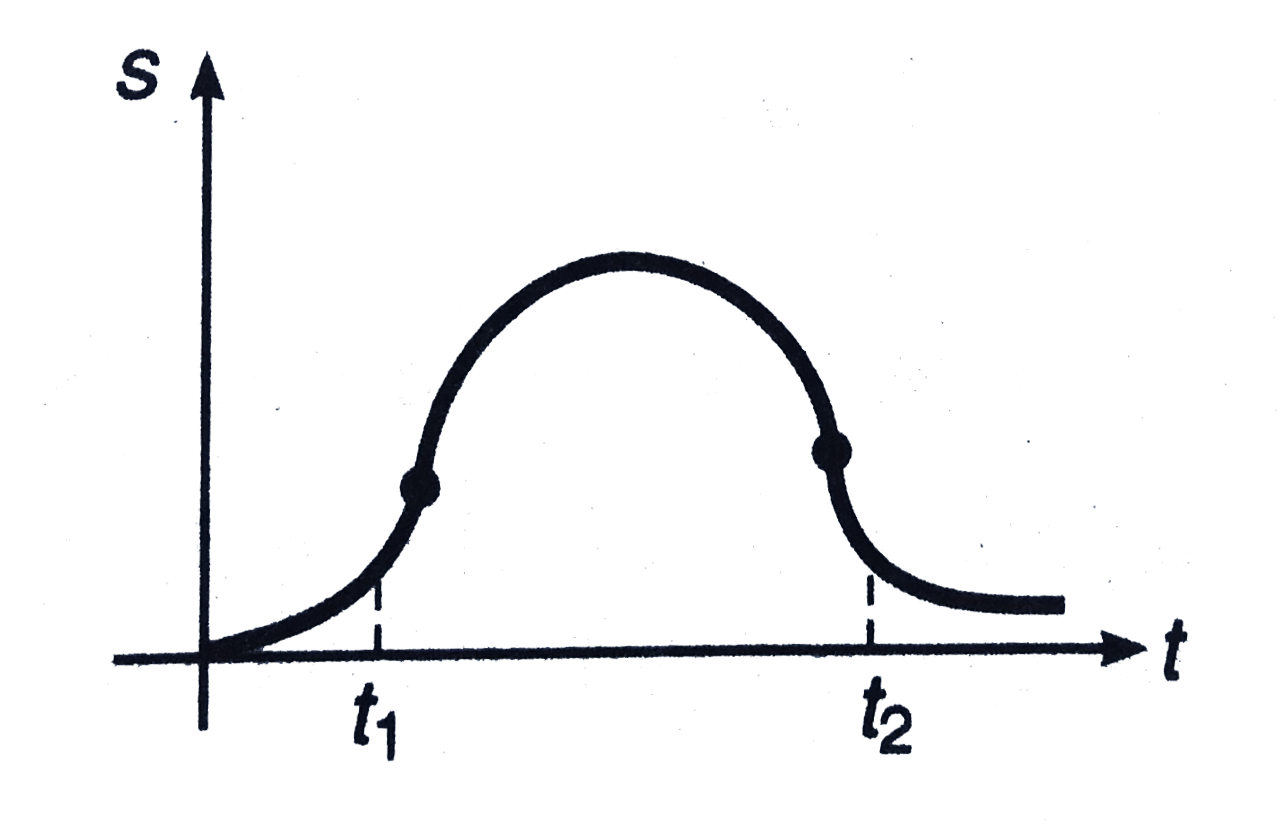Figure shows the x coordinate of a particle as a function of time. Find the signs of vxandaxatt=t1, t=t_2 and t=t_3.

Step by step video & image solution for Figure shows the x coordinate of a particle as a function of time. Find the signs of v_x and a_x at t=t_1, t=t_2 and t=t_3. by Physics experts to help you in doubts & scoring excellent marks in Class 11 exams.
Updated on:21/07/2023Topper's Solved these Questions
- REST AND MOTION : KINEMATICSBOOK - HC VERMACHAPTER - REST AND MOTION : KINEMATICSEXERCISE - Objective 1
13 Videos
- REST AND MOTION : KINEMATICSBOOK - HC VERMACHAPTER - REST AND MOTION : KINEMATICSEXERCISE - Objective 2
10 Videos
- REST AND MOTION : KINEMATICSBOOK - HC VERMACHAPTER - REST AND MOTION : KINEMATICSEXERCISE - Worked Out Examples
20 Videos
- PHYSICS AND MATHEMATICSBOOK - HC VERMACHAPTER - PHYSICS AND MATHEMATICSEXERCISE - Exercises
34 Videos
- ROTATIONAL MECHANICSBOOK - HC VERMACHAPTER - ROTATIONAL MECHANICSEXERCISE - Exercises
86 Videos
Similar Questions
Knowledge Check
Figure shows the graph of x - coordinate of a particle moving along x - axis as a function of time. Average velocity during t = 0 to 6 s and instantaneous velocity at t = 3 s respectively, will be
 A10m/s,0B60m/s,0C0,0D0,10m/s
A10m/s,0B60m/s,0C0,0D0,10m/sThe position coordinates of a particle moving in X - Y as a function of time t are x=2t2+6t+25
y=t2+2t+1
The speed of the object at t = 10 s is approximatelyA31 unitsB51 unitsC71 unitsD81 unitsEach of the four particles move along an x axis. Their coordinates (in metres) as function of time (in seconds) are given by Particle 1 : x(t) = 3.5 - 2.7t3 Particle 2 : x(t) = 3.5 + 2.7t3 Particle 3 : x(t) = 3.5 + 2.7t2 Particle 4 : x(t) = 2.5 - 3.4t - 2.7 t2 which of these particles is speeding up for t > 0?
AAll fourBOnly 1Conly 1,2, and 3Donly 2,3 and 4
Position of a particle,as a function of t is given by e=5+4t+3t2 ,find its rate of change ' x with respect to t at t
View Solutionx−t graph of a particle in SHM is

At time t=t0, what are the signs of v and a of the particle?
View SolutionEach of four particles moves along an x axis. Their coordinates (in meters) as function of time (in seconds) are given by
Particle 1:x(t)=3.5−2.7t3
Particle :2 x(t)=3.5+2.7t3
particle 3: x(t)=3.5+2.7t2
particle 4: x(t)=3.5−3.4t−2.7t2
Which of these particles have constant acceleration ?
View SolutionThe x and y coordinates of a particle at any time t are given by x=2t+4t2andy=5t , where x and y are in metre and t in second. The acceleration of the particle at t = 5 s is
View SolutionThe x and y coordinates of a particle at any time t is given by x=7t+4t2 and y=5t, where x and y are in metre and t in seconds. The acceleration of particle at t=5s is
View Solution

